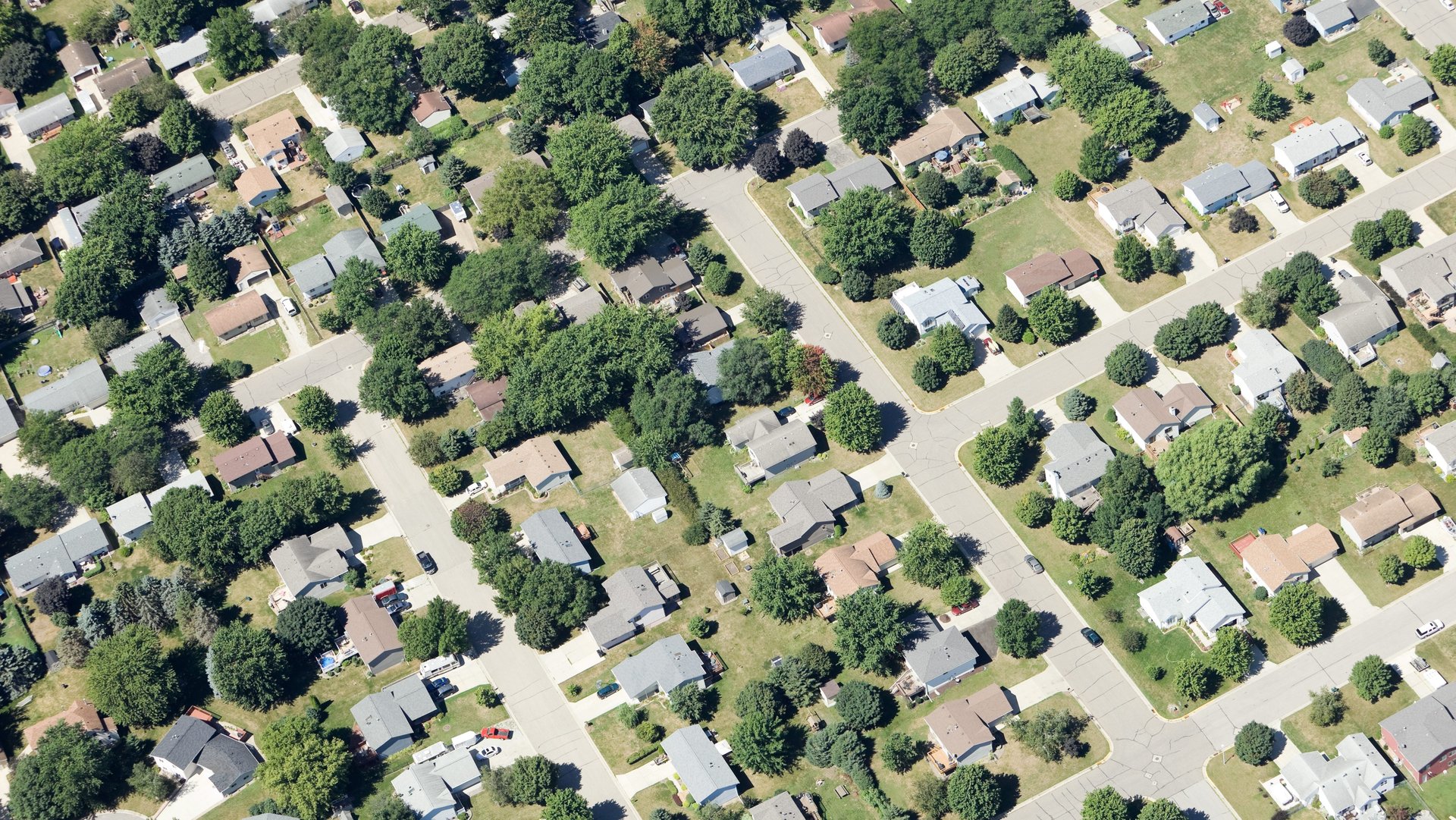The Pentagon is testing powerful mass-surveillance balloons above six US states
Americans are still coming to terms with all the ways they’re being watched by phones and smart home devices with a front seat to their daily lives.


Americans are still coming to terms with all the ways they’re being watched by phones and smart home devices with a front seat to their daily lives.
But there’s an incoming threat to privacy that looms high above: Camera-outfitted mass-surveillance balloons that can capture every moving vehicle across a wide area, from the stratosphere.
Such experimental devices are already being tested above six Midwest states as part of a Pentagon program, the Guardian reported yesterday, citing information found in Federal Communications Commission documents.
The project involves as many as 25 of the solar-powered balloons being launched from rural South Dakota, from where they eventually drift 250 miles (402 km) to central Illinois, in the meanwhile roaming above parts of Minnesota, Iowa, Wisconsin, and Missouri. The balloons can reach altitudes of 65,000 ft (19,812 m).
The FCC authorized the Sierra Nevada Corporation, an aerospace and defense company, to test the balloons from mid-July through Sept. 1. The technology is meant to “provide a persistent surveillance system to locate and deter narcotic trafficking and homeland security threats,” according to the filing.
But experts caution that all kinds of data is likely being collected. Jay Stanley, an analyst with the American Civil Liberties Union (ACLU), told the Guardian that even in tests, “they’re still collecting a lot of data on Americans: who’s driving to the union house, the church, the mosque, the Alzheimer’s clinic.”
A US military group called the US Southern Command (Southcom) commissioned the test, though details about its end goal are unclear. Southcom, which is headquartered in Florida, includes resources from the army, navy, air force, marines, and other agencies. It operates in the Caribbean and Central and South America, where its major responsibilities include tracking and blocking drug shipments heading to the US, responding to disasters, securing US military assets in the area, and protecting the Panama Canal.
Southcom has been using light aircraft to conduct surveillance, the Guardian writes, but the balloons would provide a cheaper alternative: They can typically hover for weeks or months, and, unlike the planes used now, do not require a crew. Researchers have learned to harness stratospheric winds to help keep the balloons afloat.
(Quartz contacted Southcom and Sierra Nevada for comments and will update this post with any response.)
The unmanned balloons already flying over the Midwest appear to carry “satellite-like vehicles housing sophisticated sensors and communication gear,” the Guardian reported, making them able to share data amongst themselves and with ground receivers. One of the sensors “is a synthetic aperture radar intended to detect every car or boat in motion on a 25-mile swath beneath the balloon.”
“What this new technology proposes is to watch everything at once,” Arthur Holland Michel, co-director of the Center for the Study of the Drone at Bard College in New York, told the Guardian. Not only that, but because it’s recording, it allows users to travel back in time to rewatch an event, see exactly what happened, who was involved, and where they came from. That ability gave it the nickname “combat TiVo,” he said.
The FCC filing also mentions video technology, which may mean the balloons have a aerial camera system called Gorgon Stare, made by Sierra Nevada and owned by the US Air Force, onboard. Its invention was literally inspired by the 1998 sci-fi film Enemy of the State.
In an interview with Long Form, Holland Michel, who also authored the book Eyes in the Sky: The Secret Rise of Gorgon Stare and How It Will Watch Us All, explained the difference between a standard drone camera, which surveils from 25,000 ft, and the Gorgon Stare’s Wide Area Motion Imagery (WAMI) technology:
Think of a traditional camera on a drone as a high powered telescope. What it’s really good for is zooming in on things on the ground very closely. The downside is that you can really only watch one person or vehicle at a time. Maybe something important is happening a few blocks away or on the other side of the city. If you focus on just one target you are going to miss all the other important things that happened around it, you are going to lose all the context.
What Wide Area Motion Imagery does is expand the aperture. You can watch an entire city at once and zoom in on any one part of the imagery with a decent amount of detail, while still recording everything else. To do that is a tremendous technological leap, because you need an incredibly powerful camera.
The Gorgon Stare, named for the Greek figures whose gaze could turn a person to stone, is already in use by the Air Force, he also said, though exactly where or how is classified information.
It’s unclear in this case where the data is being stored or even where it’s going. The ACLU’s Stanley believes it’s time to be cautious: “We should not go down the road of allowing this to be used in the United States,” he said, adding, “and it’s disturbing to hear that these tests are being carried out, by the military no less.”